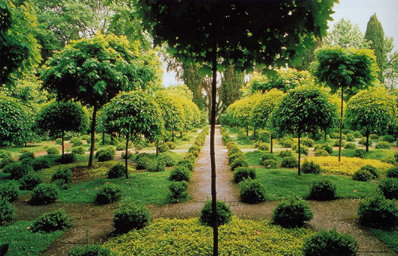The work of translator is a very difficult one...you have to use your soul and your own passion together with a mastered technique and overall knowledges.......Interpreting is a stressful career area, which can be difficult to break into on a full-time basis. Employers include international organisations but, as with translators, many interpreters are freelance. Translators convert written material from one or more languages ('source languages') into the ‘target language’ (most commonly the translator’s mother tongue), ensuring that the translated version conveys the meaning of the original as clearly as possible.Translators usually need an excellent command of two or more languages. The languages most in demand are the official languages of the Europian Union and the United Nations.(UN).
Most translators work freelance from home, working for translation agencies or directly for clients, but some organisations employ in-house translators.
The translation process usually involves a combination of the following activities:reading through original material and rewriting it in the target language, ensuring that the meaning of the source text is retained; using specialist dictionaries, thesauruses and reference books to find the closest equivalents for terminology and words used; using appropriate software for presentation and delivery; researching legal, technical and scientific phraseology to find the correct translation; proofreading and editing final translated versions; providing clients with a grammatically correct, well-expressed final version of the translated text, usually as a word-processed document; using the internet and email as research tools throughout the translation process; prioritising work to meet deadlines; providing quotations for translation services offered; consulting with experts in specialist areas; supplying subtitles for foreign films and television programmes; retaining and developing specialist knowledge on specialist areas of translation; networking and making contacts.
Most translators work freelance from home, working for translation agencies or directly for clients, but some organisations employ in-house translators.
The translation process usually involves a combination of the following activities:reading through original material and rewriting it in the target language, ensuring that the meaning of the source text is retained; using specialist dictionaries, thesauruses and reference books to find the closest equivalents for terminology and words used; using appropriate software for presentation and delivery; researching legal, technical and scientific phraseology to find the correct translation; proofreading and editing final translated versions; providing clients with a grammatically correct, well-expressed final version of the translated text, usually as a word-processed document; using the internet and email as research tools throughout the translation process; prioritising work to meet deadlines; providing quotations for translation services offered; consulting with experts in specialist areas; supplying subtitles for foreign films and television programmes; retaining and developing specialist knowledge on specialist areas of translation; networking and making contacts.












